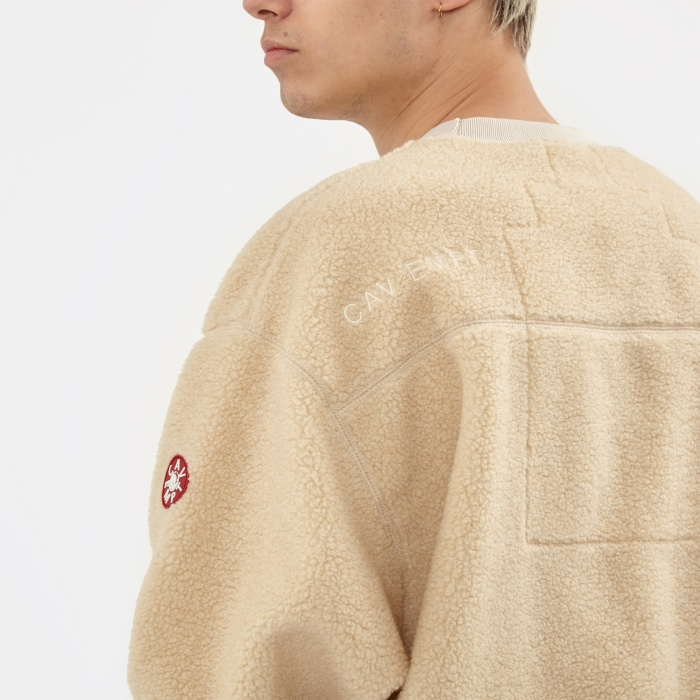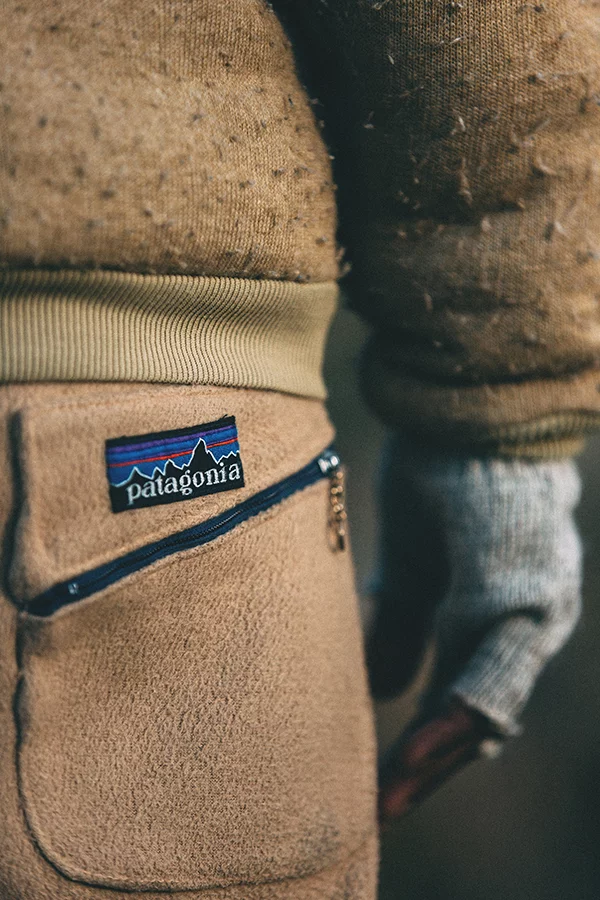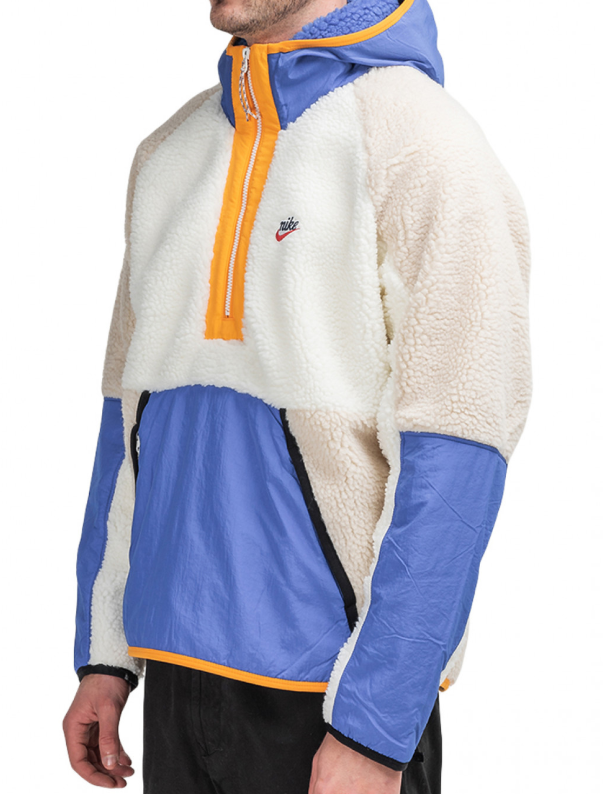The Final Fleece Treasure Trove
- Theo :) :)

- Apr 24, 2020
- 3 min read
During the past few months we’ve taken an informed look at the history of fleece. Over the course of this series, we have seen the fabric used as a piece of performance equipment as well as a fashion statement; and now, in our final installment, I’m going to show you a variety of pieces from more recent times and reflect on their history. What ancient fleece DNA remains in modern specimens? Let’s have a look. Maybe with what you’ve learned you’ll be able to spot some influences without my help :)
Here’s a soft toss for you: One the classics from Supreme’s early years. I’d say part of what would make Supreme cool back then (and very occasionally makes them cool now) is their reverence for iconic designs of the past. This is a fleece from 1998, and for context, around this time the “extreme” 90’s were ending and fleeces were losing their cool factor quickly. The rise of the basic North Face fleece was imminent and yet here was Supreme, throwing it back to the most basic of Patagonia designs with pride. Whoever came up with this design was truly a man of taste, looking back to an era that would not have been too hot amongst anybody at the time, let alone skaters.
This is another Patagonia callback, but a much more subtle one. Remember that old, old Patagonia prototype from the first part of the series? That piling exterior was the downside to the inside being incredibly warm. What our friends at Cav Empt have done is turned the one-sided material inside out. The proof? I happen to own the fleece in the picture. Turn it inside out, and: bam! This reversal makes for a piece that is ironically very form-over-function, the exact opposite of what it was created to be.
This one is kinda... interesting, not in terms of design, but in terms of backstory. You see, Nike All Conditions Gear sort of died in the mid-2000’s as what it represented naturally became unfashionable. No amount of aesthetic rebranding could change the perception of what it had become: street-oriented performance wear. And while ACG would make a triumphant return, keeping that same focus, the aesthetic would be vastly different, devoid of all color and focusing on newer performance innovations like Nike Tech Fleece (which isn’t fleece at all, contrary to what its name might suggest). Nike was okay with this, but they still wanted to cash in on the 90’s zeitgeist and look to the future at the same time, so a lot of ACG’s best stuff introduced in that decade would be diluted into mainline products. The Mowabb, for instance, has seen its trademark colorway applied to countless pieces of clothing, with none of them belonging to the ACG line. This is one of those, belonging to Nike’s “Heritage Essentials” line. Whatever that means. The larger effort by Nike that this fleece represents is a mixed bag to me. Making the reference is cool, but I think more love could be given to the ACG of old than just a color copy-paste. There’s a lot of treasure in that era, and if you ask me, Nike missed a big opportunity to bring it back.
One of the most common things you hear about the nature of fashion is that it’s cyclical, always coming back to old things. I used to think that this saying meant tasteful things from the past tend to return to popularity. But I never considered a performance fabric to be “tasteful”; at least, not until I began researching. I started this series as a look back at fleece, but the more I learned about the fabric, I realized that I might as well be talking about any other kind of functional equipment or technology used in performance apparel that is appropriated by fashionable people. Think about fabrics like Gore-Tex, or even military staples like combat boots. I guess there’s just something appealing about wearing something that was designed to be optimal in a given situation. It goes beyond desire for functionality. There’s a deep satisfaction in knowing you’re wearing the result of years of testing and refinement. The fleece is a garment perfected.
I’d like to thank Philip T. Annand for blessing me with his knowledge, resources, and access to his personal collection. And I’d like to thank you, dear reader, for getting this far.
Cover Photo: Courtesy of Greg Epperson
_edited.jpg)













Comments